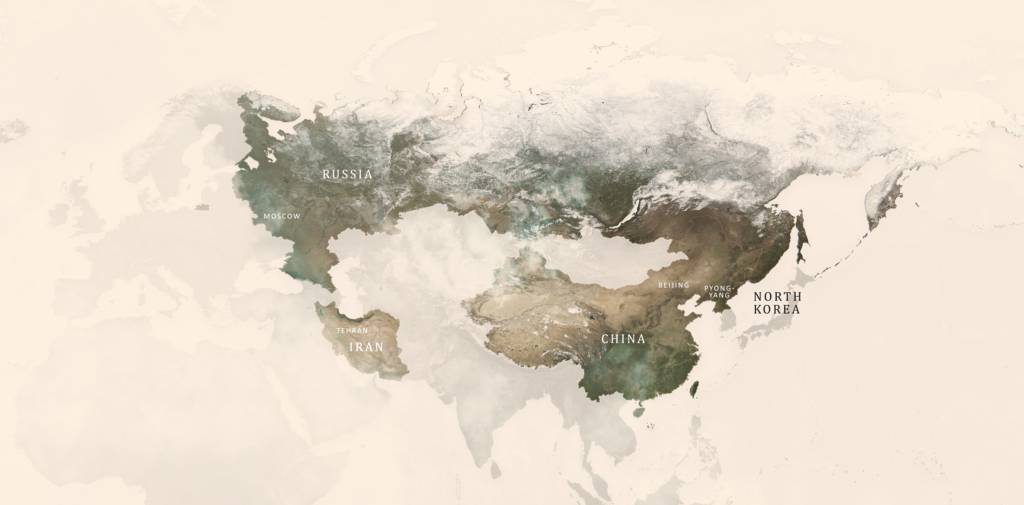Russia: nuclear weapons remain top priority
Russia will continue to pose the greatest nuclear threat to NATO and consequently to Norway. The conventional Russian armed forces and their deterrent capability are significantly degraded following two years of waging war, with high losses within the land forces, extensive use of advanced weapons systems and considerable attrition. As a result, both strategic and tactical nuclear weapons have become more important to Russian deterrence. Russian doctrine allows for the use of nuclear weapons in the event of an existential threat against the country. What constitutes an existential threat will always be a political decision, and creating uncertainty regarding the threshold for nuclear weapons use is part of Russia’s strategy.
Modernisation and development of the nuclear forces remain the top priorities in Russian arms development. Russia’s nuclear triad consists of road-mobile and silo-based intercontinental ballistic missiles, strategic submarines with intercontinental ballistic missiles and strategic bombers.
The new intercontinental missile Sarmat will replace Soviet-era systems and provide a significant modernisation of the land-based component of the nuclear triad. The system was originally planned to be operational by 2018, but the development programme has become significantly delayed.
In addition to the triad, Russia has tactical nuclear warheads. These help to compensate for a growing conventional inferiority vis-à-vis the West. Consequently, Russia will continue to modernise and develop new tactical nuclear weapons for all fighting services.
Although Western sanctions will delay the Russian development programmes, particularly for means of delivery for strategic and tactical nuclear weapons, they will not prevent Russia from maintaining a powerful nuclear arsenal.
Russia has withdrawn its ratification of the Comprehensive Nuclear-Test-Ban Treaty (CTBT), yet the Russian authorities have stated that Russia will not be the first country to conduct a test.
Despite having signed the Chemical Weapons Convention (CWC), Russia continues to conduct research and therefore retains the ability to develop biological and chemical weapons. Russia has used these types of weapons to assassinate regime opponents.

